By Eric Vandenbroeck
and co-workers
Iran’s Anti-Veil Protests Have Already
Succeeded
Iran is amidst a
series of spontaneous nationwide protests triggered by the death of a young woman
shortly after being taken into police custody. Iran has experienced such waves
of protest before. But this iteration is likely to leave the country
permanently changed. Iranian women are among the most educated in the
region, with an 83% literacy rate, and have one of the highest science
participation.
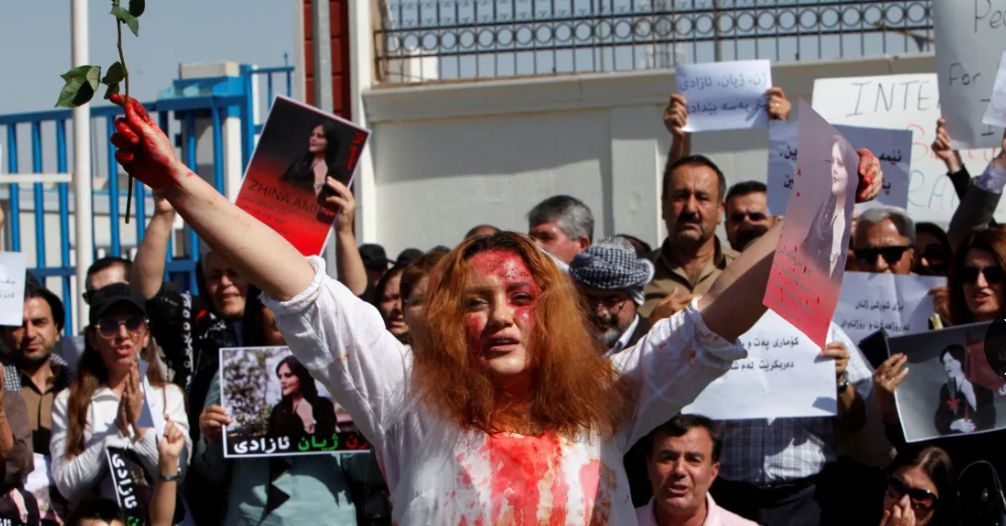
Mahsa Amini, a 22-year-old woman from a small city in Iran’s
Kurdistan province, had been visiting the country’s capital, Tehran, when she
was detained, before her brother’s eyes, by the so-called morality police (gashte ershad or
“guidance patrol”) for her “inappropriate” attire. According
to the Tehran police, Amini “suddenly” developed
“heart problems” during her detention and was rushed to hospital, where she
later died. (Her family vehemently denies claims that she had any preexisting condition
before her detention.) The undisputed facts undermine the government’s claims
to legitimacy: A young, healthy woman died while detained by a police force
dedicated to enforcing laws that the vast majority of Iranians either oppose or resent.
- British ambassador
summoned over coverage by London-based media/ Norwegian envoy called in over
'interventionist' speaker/ Teachers' union calls for strikes Monday and
Wednesday/ Iranian TV says 41 people killed in more than a week of unrest.
The modern legacy of Iran’s ‘cultural revolution
The September 2022
protests are the latest manifestation of 43 years of rage toward a revolution
that promised to progress the country from the shah but instead sent the
country backward several hundred years. The first sign of things to come was
Khomeini’s hajib laws of 1979, which tens of
thousands of Iranian women protested. Yet at the time, the mullahs could not push for
stricter Islamic laws, as progressives and revolutionaries remained in the
country.
This would soon
change upon the launch of Iran’s ‘cultural revolution’ by Ayatollah
Khomeini and his religious council, which sought to purge all Western and
non-Islamic educational and cultural influences from Iranian society. All
non-state media was banned, and all other mediums came under the control of the
state. Fatwas of
execution were issued against all progressives and leftists—many of whom took part in helping put Khomeini in
power. The title ‘Supreme Leader’ became solidified as Khomeini and his
hardliners took undisputed control over Iran.
For several decades
following the cultural revolution, the mullahs solidified their power over the
country, deputizing religious police and giving freedom to the Basij to
execute orders against civilians, especially women who did not adhere to the
doctrine. Nonetheless, despite the lack of freedom of media and education,
Iran’s youth has grown more progressive over time, setting the stage for the
various protests of the previous decade.
The 2011-2012 wave of
protests started with a ‘day of rage over election corruption and poor human
rights, but the regime firmly put these down. The 2017-2021 wave stemmed
primarily from a mix of factors: corruption, rising inflation, the growing
authoritarianism of Ayatollah Khamenei, and unjust personal morality
laws. These protests
drew the most brutal response through to the present day; moreover, Tehran shut down social media during the
crackdowns, effectively cutting off the primary way political movements were
organizing and spreading the news about the regime. 1,500 Iranian civilians
lost their lives across the country. Though regime hardliners eventually put
down the protests, they did not kill the political and economic factors that
continue to bubble under the surface in Iranian society.
Regime emboldened amid unrest
The Islamic Republic
has also felt relatively secure amid State
Department policies attempting to keep the Iranian Nuclear Deal, also known as JCPOA, intact. As the world has
focused on stopping Russian aggression in Europe, Tehran has pushed the limits
of what the West is willing to accept, such as switching off
IAEA cameras, hiring
mercenaries through the IRGC to target
dissidents internationally,
and plotting the
murder of Israelis in Turkey.
President Ebrahim Raisi – the so-called “butcher of
Tehran” – has a reputation
that strikes fear and rage into Iranian activists. He once served on the religious
prosecution committee,
nicknamed the “death committee,” due to its lack of due process for cases. Raisi was one of four religious authorities who oversaw the
execution of thousands when Khomeini solidified his rule during the cultural
revolution and Iran-Iraq War. Under his watch, leftists, separatists, LGBTQ,
dissidents, and educators following a pro-Western curriculum were publicly hung
or shot under his eye. The hardline president has not backed down from these
principles that gave him power, which is precisely one of the reasons why the
situation in the country is spiraling out of control.
The death of Mahsa Amini shocked Iran’s conscience
The blatant evidence
that a woman’s failure to cover a few strands of hair can upend her right to
security, life, and freedom has shocked Iran’s conscience, including those who
may adhere to the state’s idea of an “Islamic hijab” but oppose mandatory hijab-wearing nonetheless. Cries of
“Woman, Life, Freedom” have reverberated throughout Iran since Amini’s death.
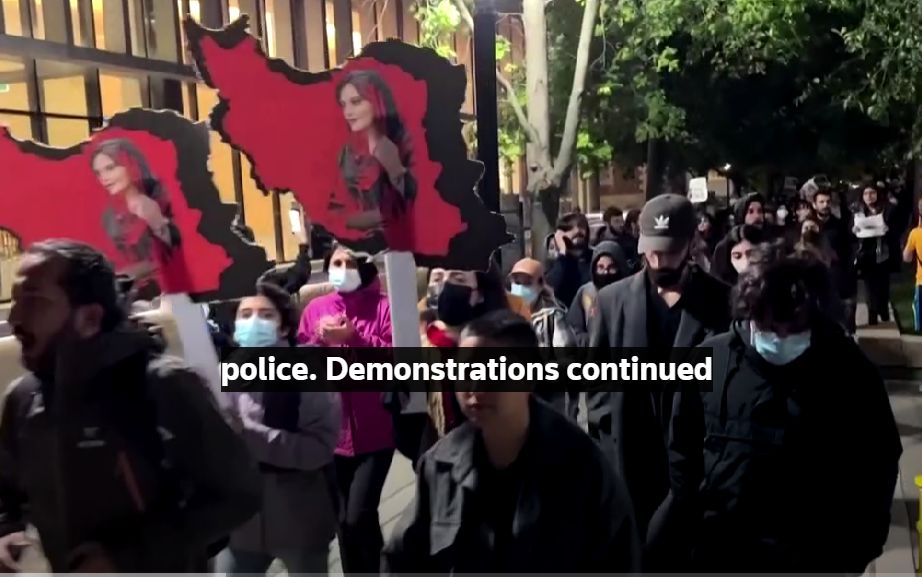
Iran has had previous
public controversies over the compulsory hijab. But these protests mark a
significant shift—the first time since the 1979 Islamic Revolution that a broad
spectrum of parties and civil society organizations have openly called for an
end to either mandatory hijab laws or the police patrols enforcing those laws.
The issue has also drawn reactions from many prominent political and religious
figures, celebrities, and athletes.
These protests
represent the first middle-class protest movement that has emerged in Iran
since the Green Movement in the aftermath of the widely disputed 2009
presidential election. But there are essential differences between the two.

First, in terms of size:
There is no indication that the current protests have drawn near the number of
people who took to the streets in 2009. Furthermore, the 2009 protesters were
of diverse ages, whereas the current protagonists are overwhelmingly young.
“They are mostly from the younger generation who may have only heard of the
Green Movement. They would have been children or in their teens back then,” the
sociologist and pro-reform activist Mohammadreza Jalaeipour
told me. “They are fearless, direct, and brave, but also angry,” he added,
“they are not monarchists. They want freedom and democracy.”
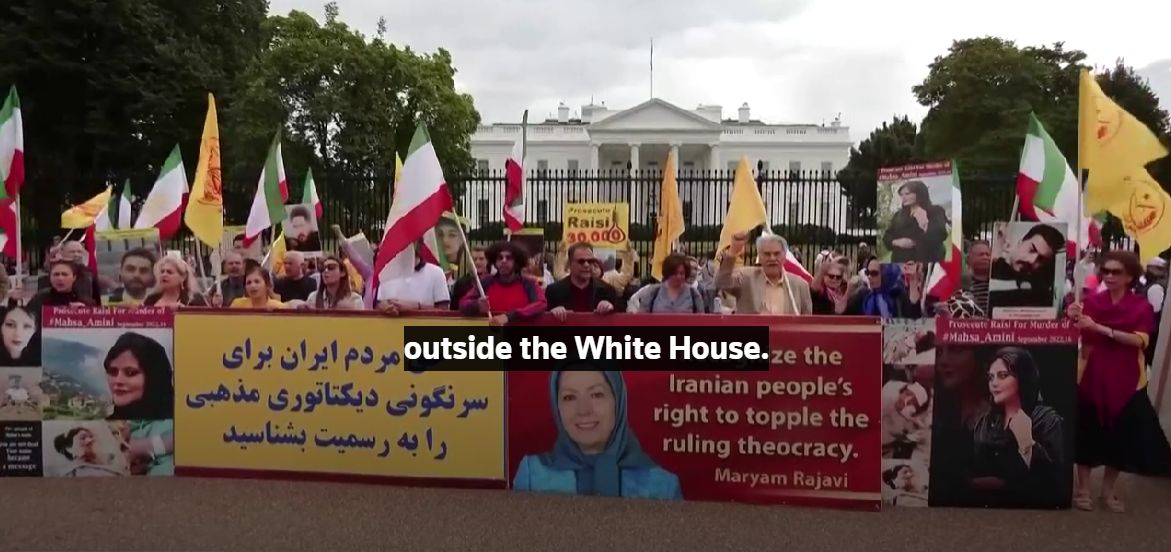
Another distinct
feature of the current protests is the presence of very young women at the
forefront. In many protests, women appear to outnumber men and do not seem
afraid of being seen without hijab, even in the presence of security forces.
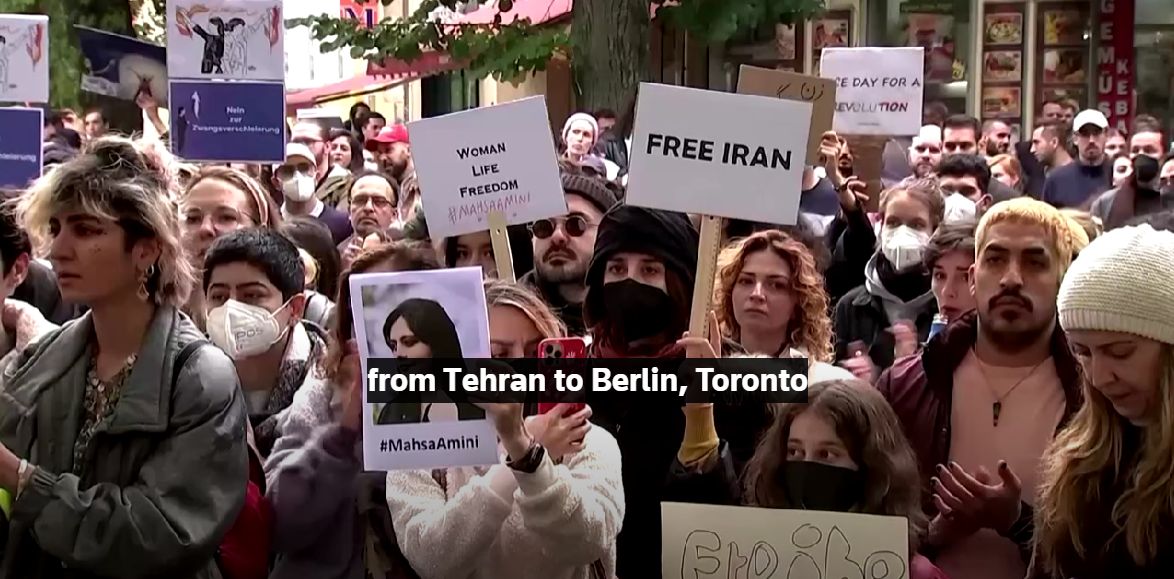
There have been many
clashes between security forces and protesters, and multiple protesters have
already been killed. But the crackdowns have not been as severe as the
last round of protests over gas price hikes in November 2019. The full gamut of
Iran’s security apparatus has not yet been deployed, although that could
change. Indeed, authorities have already begun rounding up journalists and
political activists. (Jalaeipour, who had been a
vocal critic of the mandatory hijab law, is among those arrested.) Access to
the internet and social media platforms such as WhatsApp and Instagram have
also become limited.
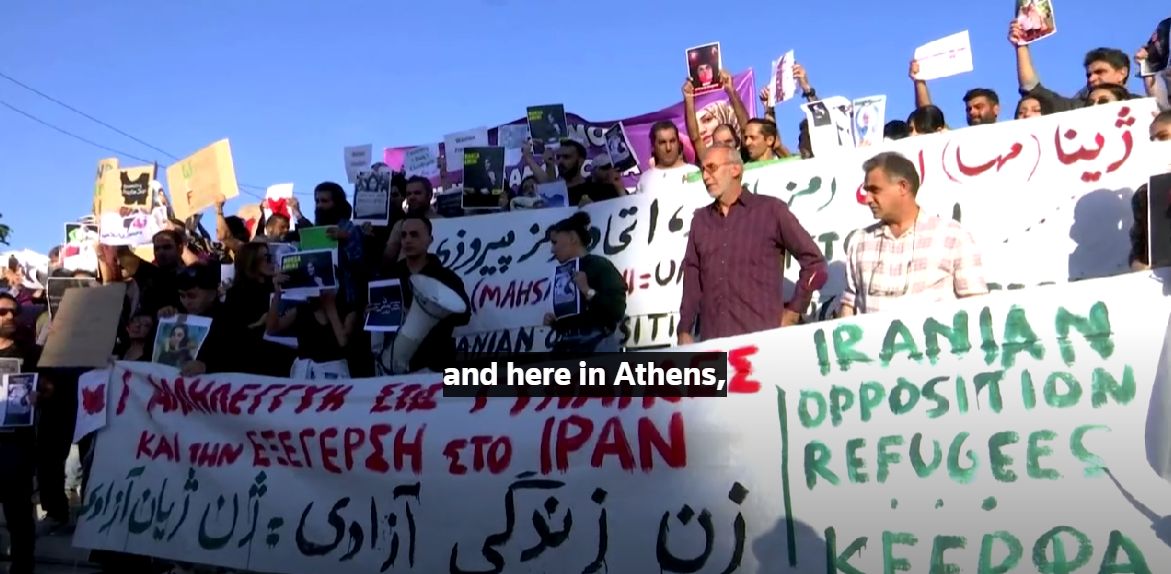
Although the current
protests were triggered, and are animated by, the frustrations over compulsory
hijab, protesters are also channeling other pent-up grievances toward Iran’s
ruling elites, such as the mismanagement of an economy reeling under U.S.
sanctions, a crisis of political legitimacy exacerbated by the flawed legitimacy of the June 2021 presidential
elections, and the increasing stifling of civil liberties.
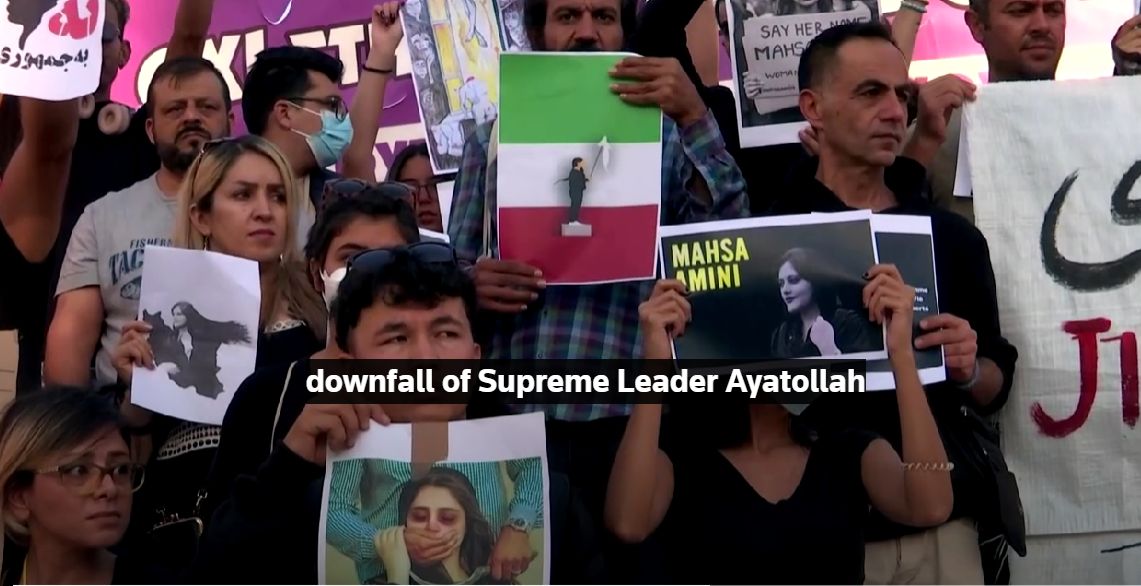
As evinced by the
outburst of public indignation triggered by Amini’s
death, her case is not seen as an isolated incident. Still, the visible tip of
an iceberg of injustice, humiliation, indignity, and oppression routinely felt
by countless Iranian women intercepted by the so-called guidance patrols
charged with enforcing Article
638 of the Islamic Penal
Code: refusing to comply with the state’s conception of “Islamic hijab” in
public spaces is a criminal offense punishable by flogging, incarceration, or a
fine.
Looking ahead
While Iranians
continue to resist the regime, many have noted that this is not a
foreign-instigated intervention, nor are they asking for any type of military
intervention from the West. Various Iranian activists ask for Khamenei’s
government to be isolated and sanctioned. Such pressure could produce real
effects, especially as Iran’s primary allies in Syria and Russia are currently
enveloped in blowback from their geopolitical miscalculations.
Though the odds of a
revolutionary triumph remain small, they are not zero. A growing progressive
population fed up with corruption, hardline rule, and periodic crackdowns
cannot be fully discounted, as the Romanian Revolution of 1989 reminds us.
Suppose an unlikely success is in the cards. In that case, it could be because
these protests – unlike previous examples – are managing to bring together a
diverse coalition of ethnic groups striving for a common cause: Christians, Shiite
Muslims, Sunni Muslims, Kurds, Jews, Azeris, Armenians, and Assyrians to name
some of them.
For updates click hompage here